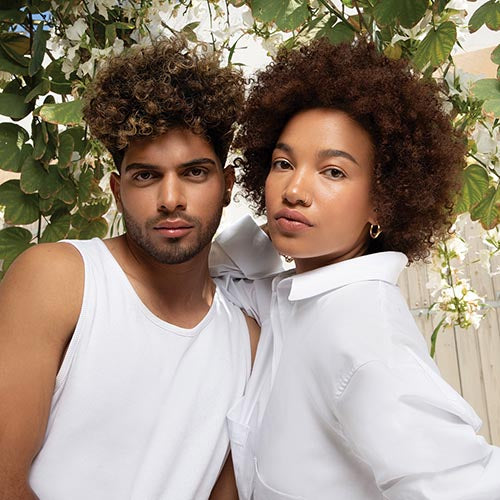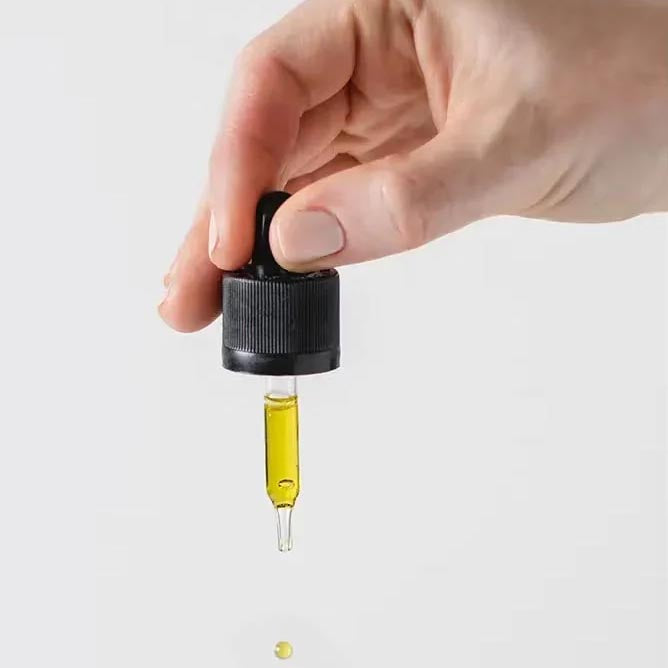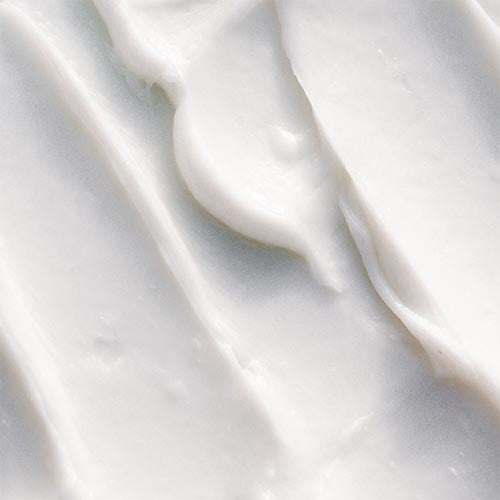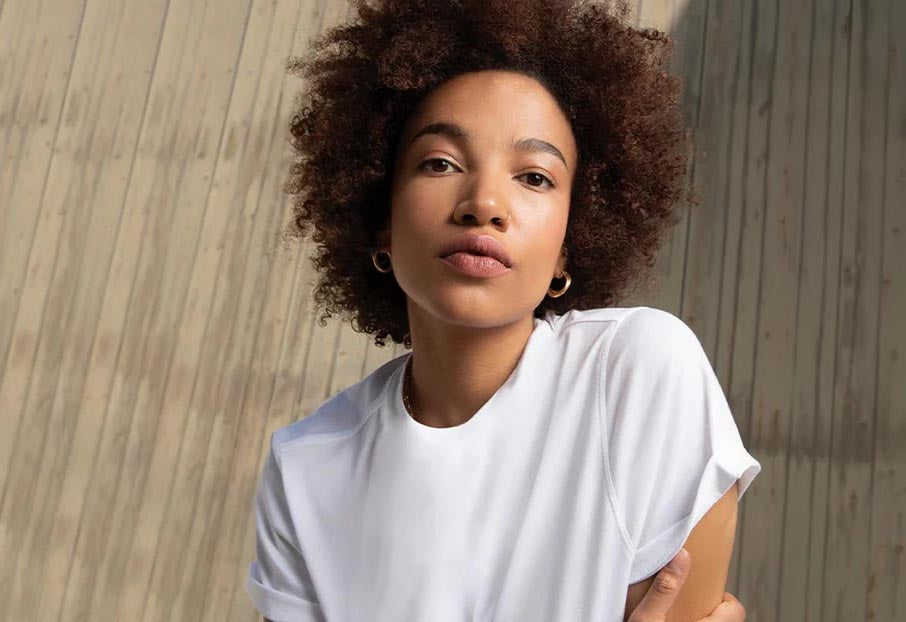The hardest part of switching to a clean beauty routine isn’t using the products themselves — it’s figuring out which ones are worth trying in the first place. Are you struggling to distinguish between clean formulas and questionable ones?
First of all, don’t beat yourself up for struggling here. Ingredient labels aren’t designed to be readable — in many cases, they’re even designed to confuse shoppers intentionally!
Second of all, we’re here to help with Neuma's guide to decoding hair care labels and finding clean formulas you can trust. Keep reading to learn how ingredients are listed, what to look for, and where you may be misled.
How to read haircare labels and find true clean beauty products
How are ingredients listed on a hair product label?
Let’s start with the basics. As with food, haircare ingredient labels are listed by amount, starting with the most used ingredients first.
But there’s a catch: only the ingredients that make up more than 1% of a product are listed by order — ingredients that make up less than 1% of a formula can be listed in any order. This is just one of the many ways haircare companies distract from their use of questionable ingredients!
It’s also important to note that every haircare label uses the International Nomenclature of Cosmetic Ingredients (INCI). So, common ingredients you’ve heard of before might have more scientific-sounding names on the label, with the common name listed in brackets.
For example, rosemary is referred to as Rosmarinus officinalis (Rosemary) Leaf Extract on ingredient labels. This means that the adage ‘avoid ingredients you can’t pronounce’ doesn’t fully apply here. Instead, look for the bracketed name!
Ingredients to avoid on haircare labels
At Neuma, we use our Come Clean List to guide the development of every formula. Here’s the complete list of ingredients we consider questionable, toxic, or simply not worth using for your hair:
- Synthetic Fragrance (Fragrance, Parfum)
- Propylene Glycol & Butylene Glycol**
- Urea (Imidazolidinyl and Diazolidinyl) & DMDM
- Hydantoin
- Formaldehyde
- 1,4-Dioxane
- Lead Acetate
- Polyquaternium 16
- Sulfate Surfactants (SLS, SLES, ALS, ALES)
- Quaternium 6, 7, 15, 31, & 60
- Phthalates
- Known Carcinogens
- Methylisothiazolinone (MIT. MI)
- FD&C Color
- Dimethylamine
- Diethanolamine (DEA) & Monoethanolamine (MEA)
- Glutens
- Parabens (Methyl, Propyl, Butyl and Ethyl Paraben)
- Triethanolamine (TEA) Lauryl Sulfate & Triethanolamine (TEA) Laureth Sulfate
- Phenoxyethanol
We believe that avoiding each of these is essential for protecting our customers’ hair and health. As you seek out clean formulas, we recommend using this list to inform your product research.
Terms to look for on haircare labels
Of course, looking for red flags isn’t the only way to read haircare labels. You should also look for green flags that indicate ethical, clean, and healthy production practices.
Here’s our go-to list of what to look for on haircare labels:
- Sulfate-free, specifically free of Sulfate Surfactants (SLS, SLES, ALS, ALES)
- Paraben-free
- Dermatologist-tested
- Cruelty-free
- Vegan
- No Artificial Dyes or Colorants
- Synthetic Fragrance-Free
- Gluten-Free
- Soy-Free
If a formula has all of these, you’ve found a clean beauty winner!
Misleading terms on haircare labels
Although we wish all beauty products had transparent, honest labels, many companies use misleading terms to distract from their questionable formulas. Here’s what we mean:
- Natural: The FDA doesn’t have a clear definition or regulation for the use of the term ‘natural.’ It only means that a product has at least one natural ingredient, not that the entire formula is natural or organic. Even when a product is labeled ‘100% natural,’ that only means it lacks synthetic ingredients. Not all synthetic ingredients are harmful either, so anything claiming to be ‘natural’ is an automatic red flag.
- Fragrance-free: The word “fragrance” is protected under the US Trade Secret Act, meaning manufacturers have the freedom to list “fragrance” on their ingredient listing without having to disclose the actual makeup of what they use to create their scents. This leaves manufacturers with over 5,000 different chemical choices, 800+ of which are known to be carcinogens, skin irritants, and hormone disruptors. So, it’s critical to look for ‘synthetic-fragrance free’ instead.
- Hypoallergenic: If a product is labeled hypoallergenic, it simply means that it contains ingredients that are gentler and less irritating for sensitive skin — it doesn’t mean that someone with allergies won’t react to the product. If you’re allergic to certain ingredients, look for them on labels specifically. Don’t just rely on the buzzword ‘hypoallergenic’!
- Alcohol-Free: Many alcohols used in traditional drugstore beauty products are incredibly drying and dehydrating. It might sound smart to avoid alcohols entirely, but there are actually many ‘fatty’ alcohols that help hydrate, not dry out, hair! Instead of ‘alcohol-free’ products, look for ‘drying alcohol-free.’
- Hydrating and Moisturizing: This may sound obvious, but just because a product claims to have properties like ‘hydrating’ and ‘moisturizing,’ it doesn’t necessarily mean it delivers on those promises. Refer to our above ingredient recommendations to double-check a product’s performance!
What do the extra symbols mean haircare labels?
Finally, you may notice a series of symbols along the bottom of a haircare label, such as plants, bunnies, turbines, bottles, and magnifying glasses.
At Neuma, for example, all our products contain symbols indicating our bottles made from 100% post-consumer resin and our partnership with the nonprofit 1% For The Planet. If purchasing from ethical brands is important to you (as a Neuma customer, we bet it is!), visit a company’s website to learn more about each icon.
Happy decoding, everyone! We hope you’re feeling more confident than ever about embracing clean formulas. As always, keep us posted on your clean beauty journey with a tag on Instagram (@neumabeauty) and TikTok (@neumabeauty).
See you there!






